THE BEE FAMILY AND THE BEES’ LIFE ORDER
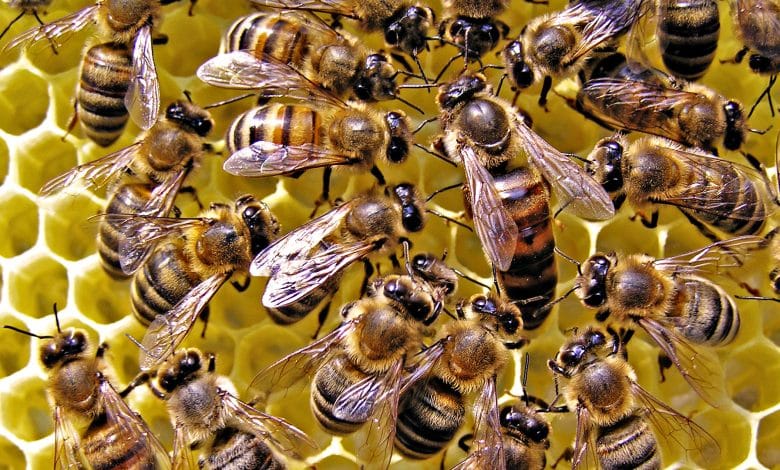
In this Article we will discuss about the bee family and see the role of each type of them.
If you are interesting in bee family and its colony check our website to get more knowledge about them and do not forget to read this article here to see bee family cycle.
The bee family, which we call a colony, consists of

- queen bees
- drones
- worker bees
Let’s talk first about the head of bee family which is queen bee.

QUEEN: In a healthy colony, there is just one queen bee. Its physique is long and slender, and its color is lighter, livelier, and brighter than that of other people. The sole responsibility of queen bees is to produce eggs and, using the pheromones they secrete, to maintain harmony and order in the hive. Other than these, it is idle, and worker bees take care of feeding and maintaining it. Their lifespan can range from 4-5 years to up to 7 years, however they only have a two-year economic life. This is why the colony’s queen bee should be replaced no later than every two years.
What is the form of queen bee?
Fertile eggs give rise to queen bees. The fertilized egg is laid, and during the six days it spends in the larval stage, it is intensely fed with royal jelly. It then grows to adulthood in 16 days as a queen bee. Six to eight days after the queen emerges from the eye, on a hot, windless, sunny day, she embarks on a mating flight. With 8–10 drones, it mates. It will attempt a mating flight again if it is unable to mate with an enough number of drones or if it is unable to store enough semen. After finishing her mating, the queen bee goes back to the hive and begins to lay eggs two to three days later. A good queen can produce 1,500–3,000 eggs per day if the conditions inside the hive are favorable.
The queen bee also has a sting and venom sac linked to it at the end of her abdomen. The queen attacks other queens and udders in the hive with her stinger. The queen utilizing her sting does not perish since the sting is not shattered like the worker bees’.
When does the queen bee start production?
The beekeeper can create queen bees under carefully regulated circumstances. The pre-prepared queen cells are infected with 0–24 hour larvae for this. The beginning hive, a robust colony whose queen had been removed 2-3 days earlier, receives the inoculated thimbles. It can be left in the starter colony for 10 days with the queen removed, or it can be left in the starter hives for 3 days and placed in the part of the prepared hive where where the queen bee grid is being hatched. For the final two days of development, the thimbles are removed and given to three- to four-frame beehives without queens. Depending on the circumstance, the queen emerges from the thimbles after completing her maturation and departs on a mating flight after 6–8 days. To ensure a high-quality queen bee, the worker bees use the vaccination system to feed the larvae with rich royal jelly.
Now let’s talk about the male bee and its mission in the bee family

Male bees: They are the biggest members of the colony and are made up of unfertilized eggs. The only thing they do is mate with unproductive queens. They pass away after mating because they are deprived of their reproductive organs.
Drones may obtain nourishment from honeycomb cells and worker bees but cannot obtain nectar from flowers due to their small mouths. Because they are excellent consumers, the worker bees expel them from the hive and leave them to perish as the nectar sources diminish and winter draws near. In the late autumn and winter, there are no drones in the hive. During the swarming season, their population ranges from 500 to 2,000. They live for 30 days on average.
What does the worker bee do in bee family inside the colony?

Worker bees: They are the most congested and arduous workers in the colony. They develop for 21 days before emerging from viable eggs. In the colony, their population hovers at 10,000–15,000 in the winter but can soar to 60,000–100,000 in the summer, when the colony is at its healthiest. In the spring and summer, they can live 35–40 days, while in the winter, they can live 5–6 months. Bee workers do all tasks besides egg-laying.
This is a short overview of the great bee family, Thank you.


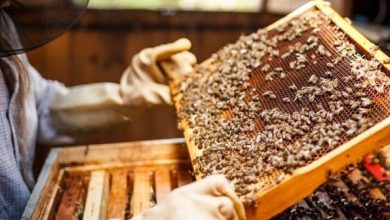
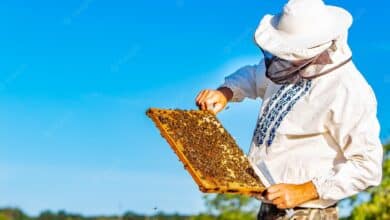
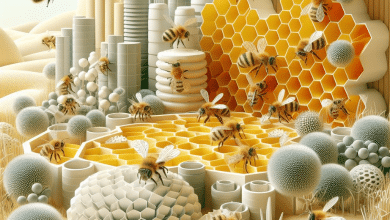
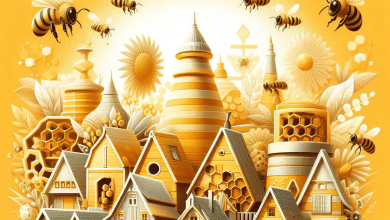
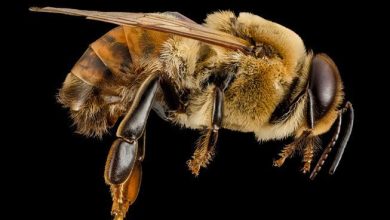
2 Comments